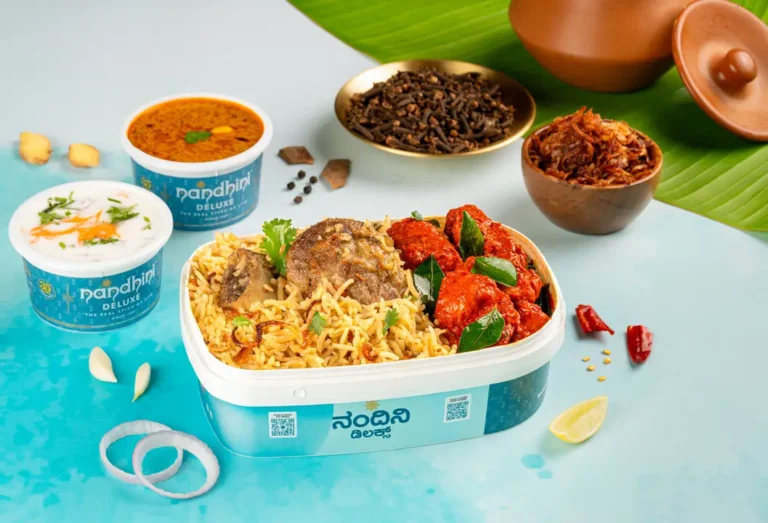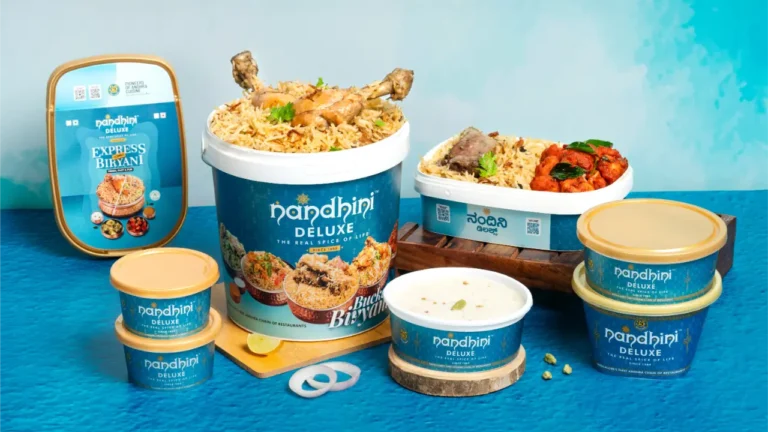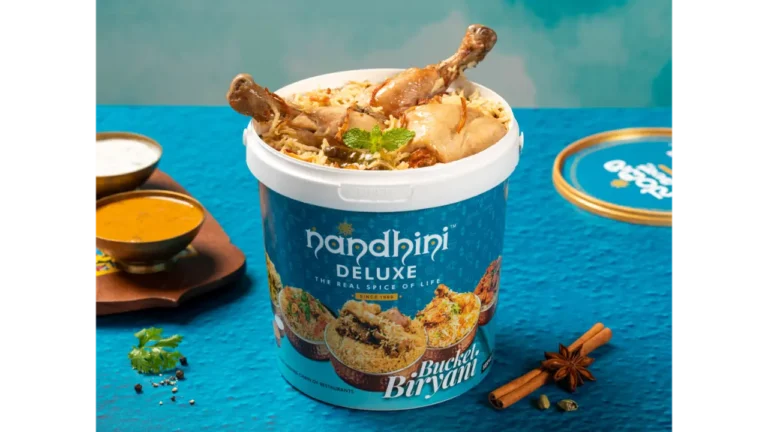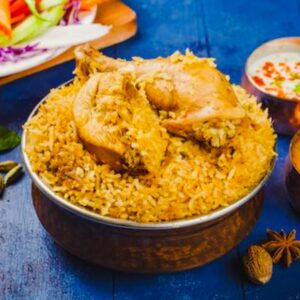Introduction
Andhra cuisine communicates through balance. Heat from Guntur chilli, sourness from tamarind or gongura, and richness from ghee or curd move in a triangle that decides whether a plate feels lively or heavy. Spices build the backbone of mains and tiffin sides. Pickles add acid-driven punctuation. Podis provide dry, concentrated flavor that clings to rice, idli, and dosa. When these elements are mapped to carriers with intent, a thali tastes structured rather than crowded.
Bangalore diners meet this system most clearly in thalis and family trays where condiments arrive in disciplined sequence. A spoon of podi with ghee prepares the palate, a pickle touchpoint resets the bite, and a tempered dal or pulusu stitches the meal together. The same logic improves delivery orders. Correct pairings keep heat expressive after transit, prevent palate fatigue during group meals, and stretch portions without losing identity.
Nandhini Deluxe Restaurants functions as a reliable anchor for this grammar. Signature Andhra biryanis, pulusus, pachadis, and podis appear in predictable places on the tray so diners can dial heat and sourness with minimal guesswork. This guide distills those relationships into infographic-ready blocks: which spice supports which dish, which pickle wakes up which base, and which podi belongs with which carrier.
TLDR
- Balance equals heat plus sour plus fat, tuned to a main and its carrier.
- Spices set the backbone; pickles correct the arc; podis amplify or mellow.
- Biryani pairs best with raita and a sharp pickle; rice and ghee pair naturally with podi.
- Delivery gains reliability when podis and pickles are matched to the main, not added at random.
- Nandhini Deluxe presents these elements in a consistent order that rewards simple pairing choices.
Why pairings matter in Andhra cuisine
Pairings matter because Andhra flavors are highly extractive. Guntur chilli blooms fast in oil, tamarind shifts perception instantly, and ghee changes mouthfeel in one spoon. Without a plan, strong elements cancel each other. With a plan, the plate reads in chapters. The balance triangle is a practical tool: heat brings momentum, sourness adds lift, and fat provides glide. Each bite should carry one lead and two supports, not three leads competing for space.
Infographic primer. Imagine three rings around the main dish. The inner ring lists spice predicates such as bloom-in-oil for fry-piece mains or simmer-in-base for pulusu. The middle ring shows sour correctors like gongura pickle for rice or lemon pickle for tiffin. The outer ring lists fat carriers: ghee for podi, raita for biryani, curd for heat reset. Lines between rings show when to combine, when to alternate, and when to rest the palate.
Bangalore context. Quick-service settings benefit from podi-first bites that establish savory depth, followed by a pickle dab to wake the next spoon. Dine-in thalis move left to right with small quantities to avoid palate fatigue, while delivery trays rely on sealed raita and firm pickles that travel well. Nandhini’s thali ecology mirrors this: podi plus ghee for the first rice portion, tempered dal or pulusu for body, a targeted pickle touch to revive the bite, and a final curd segment to close the loop. The result is repeatable satisfaction across varying spice tolerances and meal timings.
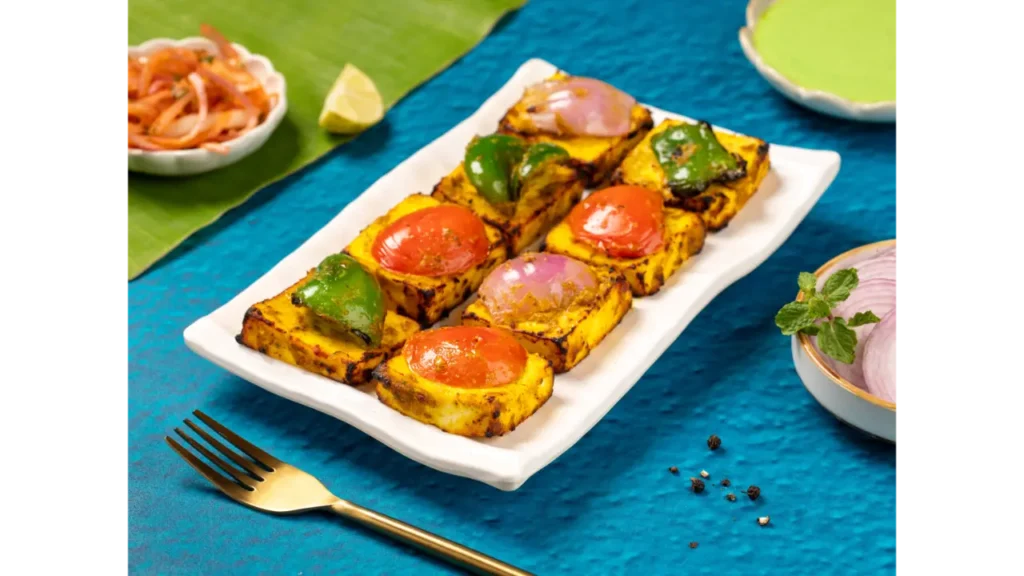
Core Andhra spices and their pairing logic
Guntur chilli. Backbone heat that thrives in oil. For biryani, a powder-led backbone pairs with raita to soften edges while preserving aroma. For fry-piece mains, a quick paste bloom creates a glossy coat; a lemon wedge or a light tomato-onion salsa balances the finish. When served with rice, a small ghee splash prevents roughness without muting color.
Tamarind. Primary acid that pulls heat into focus. Pulusu relies on tamarind to stretch spice into a savory-sour arc; pairing with plain rice or a mild veg side keeps the base audible. With biryani, tamarind appears indirectly through tomato gravies or pickles and should be used sparingly to avoid clashing with raita.
Curry leaves and mustard seeds. Tempering agents that set top notes in dals and tiffin sides. They pair best with neutral carriers such as steamed rice, idli, and upma, where the snap of mustard and the herbaceous lift of curry leaves can be felt without crowding. A small spoon of peanut or coconut chutney rounds the edge without stealing the lead.
Fenugreek, coriander, black pepper. Supporting players that decide finish and depth. Fenugreek adds a whisper of bitterness that suits pickles and tomato-forward pachadis; it pairs with curd rice or ghee rice to keep balance. Coriander seed sweetens and stretches spice mixes used in karam masala, aligning with dosa and savory snacks. Black pepper contributes a nasal lift that complements rasam-like preparations and light soups served alongside idli. Together these spices provide control: choose one as a support, match it to the correct carrier, and the main reads clearly from first bite to last.
Pickles in Andhra cuisine: what goes with what
Pickles function as precision tools rather than blunt heat. Avakaya, the mango classic, brings firm fruit bite, chilli depth, and mustard perfume. It excels beside curd rice where fat and acid meet heat cleanly, and it brightens biryani when a raita-led plate needs a sharp counterpoint. Gongura pickle delivers sorrel tang with a wine-like depth that pairs with plain rice, pappu dal, and ghee, creating a sour-savory lane that resets the palate between spicy mains. Lemon pickle offers fast, high-acid lift with a bitter-salty edge that suits idli, dosa, and evening snacks where small amounts must travel far in flavor.
Tomato pickle leans mellow-sour with gentle sweetness. It complements everyday thalis, sambar rice, and tiffin boxes for office lunches because it stays expressive even after hours. Usiri, or gooseberry pickle, reads herbal and tannic; it pairs well with upma and pongal to add definition without pushing heat upward. For high-heat mains such as fry-piece chicken, a measured scoop of lemon or gongura cuts oil and steadies the finish. For lightly spiced dal, tomato or usiri adds dimension without overshadowing the base.
Portion and order matter. A quarter teaspoon on the first bite sets tone; the second bite should return to the main to validate pairing; the third adjusts with raita or ghee. In delivery trays, firmer pickles like avakaya travel best and resist seepage. For dine-in thalis, rotating between two pickles prevents palate fatigue and helps mixed groups find a comfortable center. At Nandhini Deluxe, pickle placement near rice and curd components encourages this sequencing, letting diners calibrate heat and sourness without drifting off the main dish.
When building a family meal, one spicy pickle and one high-acid pickle cover most signatures. Pair avakaya with curd rice or biryani, and align lemon or gongura with tiffin and dal plates. This simple grid keeps flavor bright, portions efficient, and the table engaged from start to close.
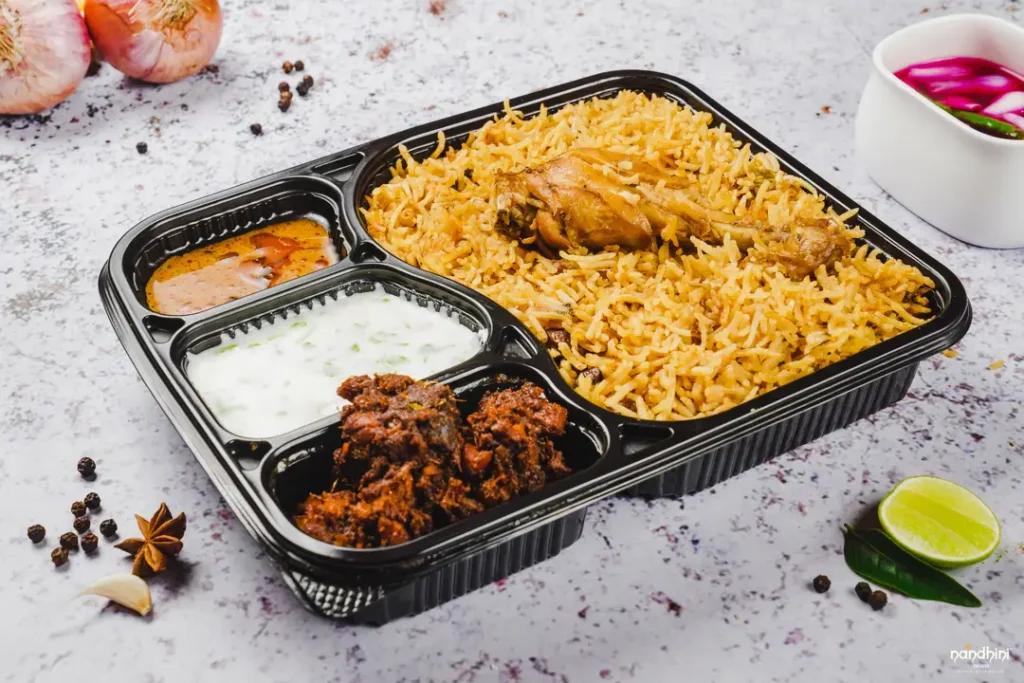
Podis explained: dry powders that flavor everything
Podis are concentrated seasonings designed to bond with carriers. Kandi podi, built from roasted lentils and mild chilli, is protein-forward and slightly gritty in the best way. Rice loves it because ghee binds particles to each grain, creating even coverage without clumps. Karivepaku podi features curry leaves for a verdant aroma; it excels with idli and dosa where steam and surface area release fragrance rapidly. Idli podi, often called gunpowder, offers a balanced heat with sesame or peanut notes. It doubles as a quick dip when mixed with ghee or gingelly oil, useful for travel boxes and late-night snacks.
Peanut podi reads creamy-nutty and bridges both rice and snacks. It performs as a texture amplifier for lemon rice, tomato rice, or curd rice when a savory layer is needed. Spicer karam-style podis slot into fry-piece coatings, adding cling and a dry heat that stays crisp after a short ride. For kid-friendly tables, half-dose podi with extra ghee lowers perceived heat while keeping aroma strong.
Carrier selection decides success. Rice requires a small ghee pre-mix to prevent dry pockets. Idli benefits from a quick dip-and-press technique where podi adheres uniformly. Dosa prefers a light scatter inside the fold, avoiding clumping that can tear the sheet. Upma and pongal accept podi as a finishing dust that adds top-note warmth. For biryani, podi is not a primary partner; use it sparingly to avoid crowding the masala profile.
Storage signals freshness. Airtight jars, low humidity, and small-batch grinding keep aroma intact. Oil-mixed podi should travel separately to protect idli and dosa from sog. In a Nandhini Deluxe thali, podi appears early to set the savory baseline, with ghee positioned nearby to control adhesion and mouthfeel. For group orders, portioned sachets prevent overdosing and let mixed spice tolerances coexist. The rule is constant. Match podi intensity to the carrier’s moisture and fat, then place pickles or raita later in the sequence to reset the palate.
Infographic: the Andhra flavor wheel
A flavor wheel helps translate theory into table behavior. The inner ring lists mains by cooking verb: biryani with masala-painted rice, fry-piece with oil-lacquered surfaces, pulusu with tamarind-simmered broth, dal with tempered aromatics, and tiffin bases such as idli, dosa, pongal, and upma. The middle ring maps corrective elements. Raita cools biryani without muting perfume. Lemon pickle jolts tiffin to life. Avakaya anchors curd rice and steadies biryani’s fat. Gongura partners with dal and plain rice to add tangy depth. The outer ring assigns fat carriers. Ghee binds podi to rice and idli. Curd softens chilli bloom. Neutral oils preserve crisp edges on fry-piece mains.
Color bands assist scanning. Red marks heat sources such as Guntur chilli or karam podi. Green denotes sour agents including tamarind and gongura. Yellow-white tracks fats such as ghee and dairy. Connection lines indicate best-in-class pairs. Biryani connects to raita and a sharp pickle node. Fry-piece links to lemon pickle and a light onion salad. Pulusu joins tamarind, plain rice, and a mild podi dust where desired. Dal ties to curry leaf tempering and a tomato pickle accent for brightness.
Usage notes improve outcomes. Begin with a podi-ghee micro-portion to lay a savory base for rice plates. Introduce pickle on the second bite to lift the arc, then return to the main. Alternate raita and curd strategically for heat management rather than blanketing every spoon. For delivery, keep the wheel modular by placing podi and pickles in firm containers and isolating raita in a cold pocket. In Nandhini Deluxe service, thali layout mirrors this wheel: podi near ghee, pickles between rice and curd segments, and mains placed to guide a left-to-right tasting. The wheel becomes a map for predictable pleasure, reducing guesswork and letting strong Andhra flavors speak clearly without clashing.
FAQs
1) What podis are most common in Andhra thalis?
Kandi podi, karivepaku podi, idli podi, and peanut podi frequently appear, each matched to carriers like rice, idli, and dosa.
2) Which pickle pairs best with Andhra biryani?
Avakaya (mango pickle) offers fiery tang that lifts biryani, while gongura adds sour depth. Both are effective depending on desired balance.
3) Why is ghee paired with podi?
Ghee binds dry podi particles to rice or idli, prevents chalkiness, and carries aroma evenly across the bite.
4) Can Andhra pickles replace chutneys with tiffin dishes?
Yes, but in smaller doses. Pickles like lemon or tomato provide brightness, though chutneys deliver moisture and body that pickles alone may lack.
5) How can spice, pickle, and podi pairings prevent palate fatigue?
By alternating elements: begin with podi and ghee, punctuate with pickle for sour lift, then reset with curd or raita before returning to the main.
Conclusion
Andhra cuisine thrives on structure: spices build the base, pickles adjust sourness and punch, and podis tie meals to carriers with savory weight. When these elements are sequenced with intent, the table feels balanced rather than overwhelming. Biryani finds clarity when supported by raita and a sharp pickle. Dal and pulusu gain brightness from tomato or gongura condiments. Tiffin plates such as idli or dosa taste complete when podis are anchored with ghee. For delivery and dine-in alike, the logic is the same: heat, sour, and fat must be mapped to a dish and its carrier.
Nandhini Deluxe Restaurants provides a consistent frame for these choices in Bangalore, presenting podis, pickles, and spices in disciplined order across thalis, biryanis, and family packs. Diners gain predictability, tables avoid palate fatigue, and Andhra flavors reach full expression without compromise. Pairing rules are not rigid but patterned. Once the balance triangle is understood, any plate can be tuned to occasion, tolerance, and mood.


